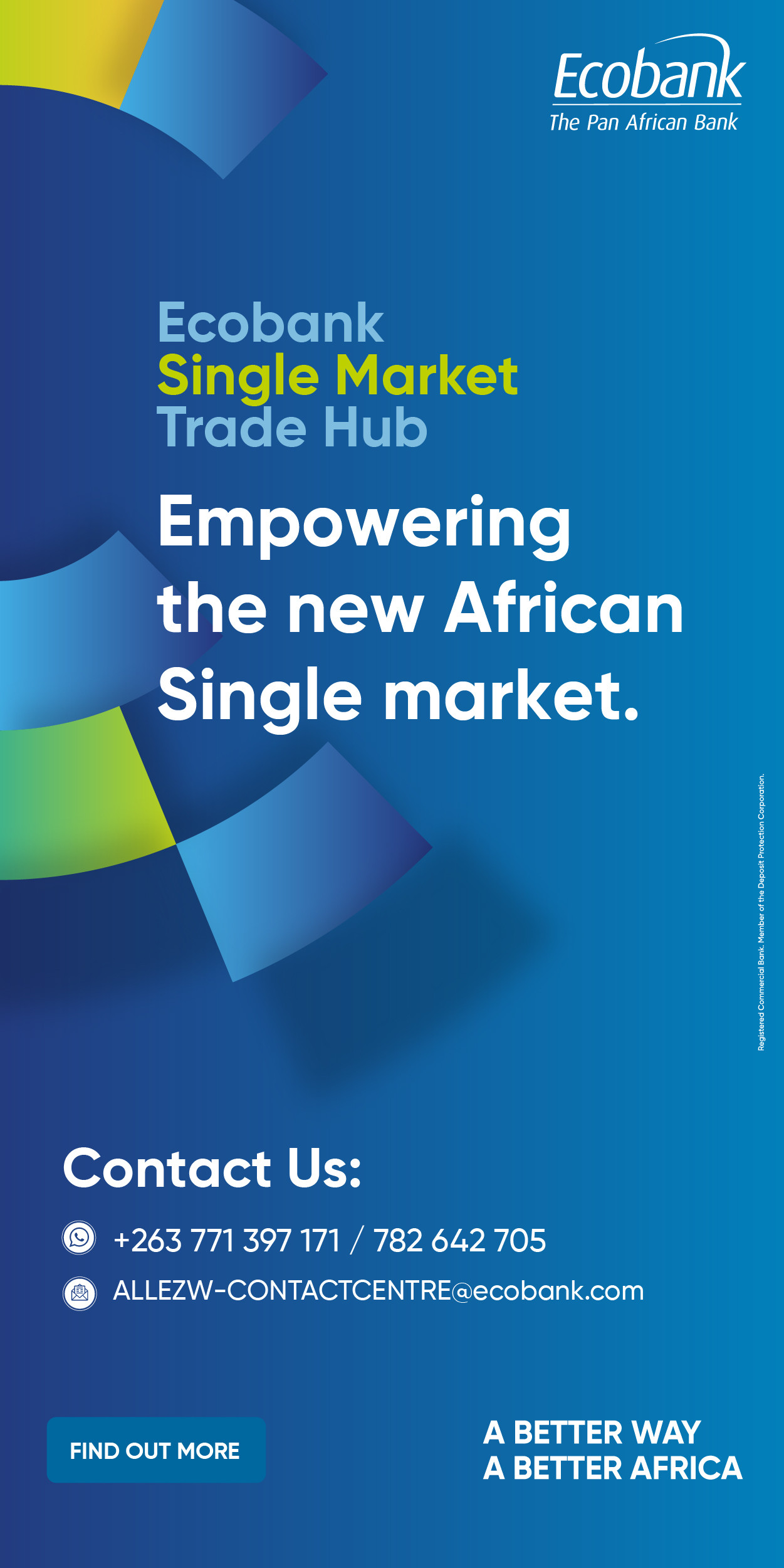- ZiG Depreciation: Depreciated by 0.1% week-on-week, trading at 26.3004 per USD
- Formal Businesses Under Pressure: The deliberate overvaluation of the ZiG via the pegged formal market rate has rendered formal businesses uncompetitive
- Economic Headwinds: The government's policy has created distorted market dynamics, inefficiencies, and market failures
Harare- The Zimbabwe Gold (ZiG) exhibited a marginal depreciation of 0.1% week-on-week, trading at 26.3004 per USD on January 24, 2025, compared to 26.2614 on January 17, 2025. During the week, the ZiG traded at an average value of 26.3335.
On the parallel market, the ZiG demonstrated a notable appreciation, trading in the 40s region per dollar, with peer-to-peer coming as low as 38 per dollar marking a significant improvement from November's high of 50 and December's 45.
The central bank's strategic implementation of liquidity tightening measures and currency pegging has effectively stabilized the ZiG.
Since its inception, the local currency has experienced a cumulative depreciation of 48% on the formal market and 66% on the parallel market, resulting in a substantial premium of 52%.
Government is flagging another 52% depreciation to year-end highlighting headwinds surrounding the currency.
However, the deliberate overvaluation of the ZiG via the pegged formal market rate has precipitated a myriad of deleterious consequences for formal businesses.
By artificially inflating the value of the ZWG, the government has effectively created a mispricing mechanism that renders formal businesses uncompetitive in the market.
This has resulted in a diminution of demand, as consumers increasingly seek out more competitively priced alternatives in the informal market.
The formal market's reliance on the overvalued ZWG has also led to a contraction in profit margins for formal businesses underscoring why formal businesses like Choppies are leaving Zimbabwe.
As the cost of goods sold increases due to the higher USD prices resulting from the overvalued ZWG, formal businesses are confronted with the unenviable task of absorbing these costs or passing them on to consumers, thereby exacerbating the demand-side pressures.
The limited customer base that formal businesses can realistically expect to attract, comprises primarily of individuals who buys in the local currency, which is unlikely to provide a sufficient revenue stream to sustain operations.
Suppliers, cognisant of the favourable payment terms offered by informal traders, are increasingly inclined to prioritise sales to these entities over formal businesses. This was largely evident in 2024 which later resulted in the government opening up borders for basic goods.
This propensity to favour informal traders has resulted in shortages of goods in formal markets, further exacerbating the woes of formal businesses.
As suppliers continue to redirect their focus towards the informal market, formal businesses are likely to experience a precipitous decline in market share, ultimately culminating in a loss of viability.
The broader economic implications of this policy are far-reaching and pernicious. The distorted market dynamics engendered by the pegged formal market rate have created an environment conducive to inefficiencies and market failures.
Moreover, the inflationary pressures generated by the overvalued ZWG are likely to have a debilitating impact on consumer purchasing power, ultimately contributing to economic stagnation and potential decline.
Equity Axis News





